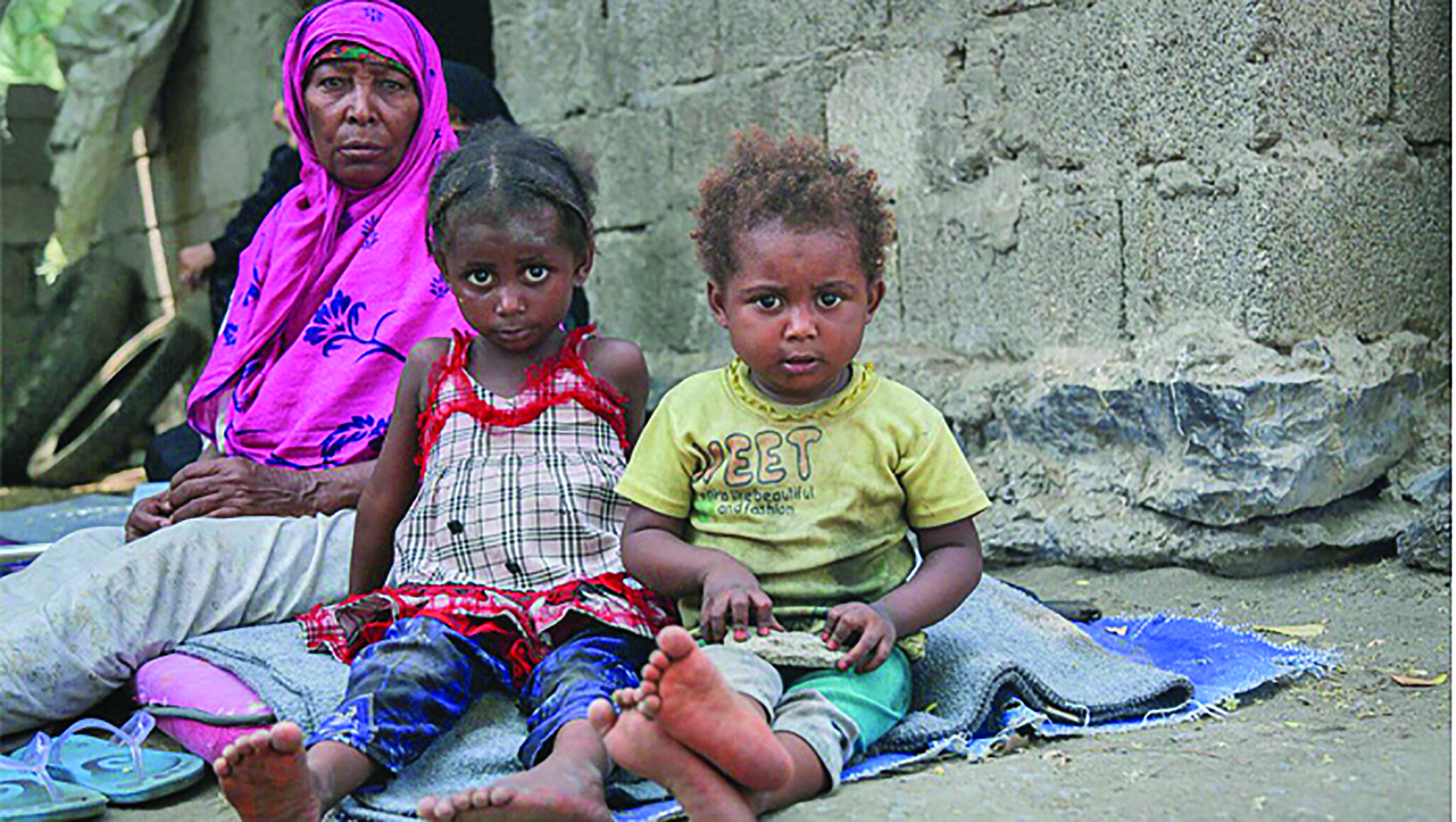
Sana’a: As the World Health Organisation delivers 11 oxygen stations to help the Yemeni capital’s battered health facilities, humanitarian organisations are concerned about what lies ahead.
In the wake of the US President, Donald Trump, electing to pull the United States out of the Iran nuclear deal, many aid agencies that operate in Yemen’s conflict theatres are worried about the wide-ranging human costs the scrapping of this deal could have.
Having travelled to Yemen to selflessly donate tonnes of relief supplies to people severely affected by the conflict, Omani Nasr Al Jadhamy has seen first-hand the pathetic condition of hundreds of thousands of innocent civilians.
“The children in Yemen do not believe they have a future. Some of them have not been to school for years, and they don’t know when they will get to go next,” he said. “The condition of the people in Yemen is among the worst in the world. The children and their parents search for food all day. If they find some food, then they eat it, but otherwise, they go to sleep with empty bellies.”
“I have been to the cities of Yemen where there is no one living, because they have all run away because of the war,” added Al Jadhamy. “If you see their condition, it is really sad, and when I was there, I felt like crying.”
Al Jadhamy is planning his fifth trip to Yemen this Ramadan with yet another convoy of much-needed relief supplies, but he does not know if the on-ground situation will enable him to go again.
The United Nations High Commissioner for Refugees requires $79.8 million to provide enough aid to those who require it in Yemen, of which only 24 per cent has been received. The funding gap stands at $60.7 million.
According to UNHCR data, 190,352 people have fled to neighbouring nations, while a further 280,692 have surprisingly sought refuge in Yemen, fleeing other conflicts in the Middle East and Africa. Yemen has widely been recognised as the world’s worst humanitarian crisis, with some 3.28 million persons of concern recorded by the UNHCR, while according to the World Health Organisation (WHO), 16.4 million people are in need of healthcare, and only 50 per cent of health facilities are functioning.
“The world cannot afford to let Yemen slip into the abyss,” said Ayman Gharaibeh, UNHCR representative to Yemen. “You are dealing with strong, resilient people who are not giving up, so why should you give up? But I don’t think that gives credit to the people we are serving. Refugees have survived because they know how to survive – people are saved by their own resilience, that’s how Yemen survives today.”
Dr Nevio Zagaria, WHO Representative in Yemen, added: “The health facilities in Yemen lack basic necessities and WHO is working hard to ensure that medicines, supplies, fuel, water and equipment such as these oxygen stations are sent to priority hospitals.”
Sana’a sometimes faces up to 62 airstrikes a day, and Medecins Sans Frontieres (MSF) doctors sometimes record up to 5,000 cholera cases on a daily basis.
“What we see at the hospital is just the tip of the iceberg, that is those who live close enough or have the means to get to the hospital,” said Dr Celia Assarsson, an MSF doctor in Yemen’s Amran governorate.
“This is a country where the health system has been deteriorating for a long time because of the war and now is rapidly more or less vanishing. Health staff have been left without salaries for long, drugs and equipment are lacking. The transport system has stopped functioning because of lack of fuel and money to pay for it.”
“As usual it is the women and the children who are the main victims in this long-time suffering,” she added. “And as usual, this is a more or less silent suffering and death. What we do not see are the children dying of malnutrition or infections secondary to it, the pregnant women who die at home from bleeding or other complications when giving birth. These are silent and unnecessary deaths.”